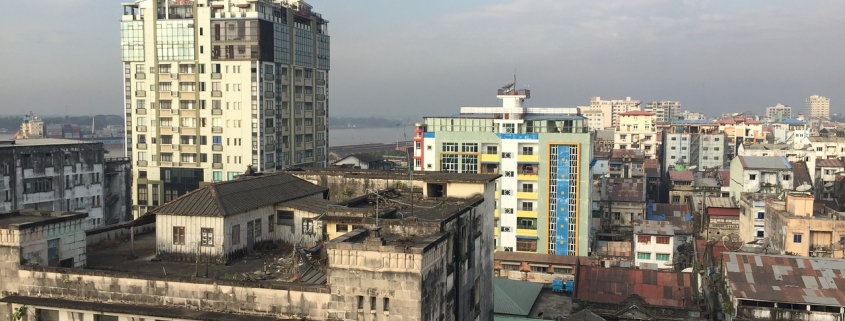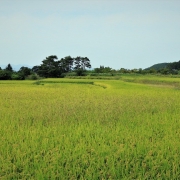How did Myanmar develop its economy?
Overall Economic Assessment of Myanmar
After Myanmar attained independence on 4 January 1948, the government pursued economic development, which is strongly guided by nationalistic and socialist influences. In view of the political challenges, there was strong government intervention. Over time, the military took a prominent role in maintaining political stability, while guiding the development of the economy. By the 1980s, Myanmar engaged in economic liberalization, encouraging the inflow of private investment.
Topic of Study [For H2 History Students]:
Paper 2: Economic Development after Independence
Section B: Essay Writing
Theme II Chapter 1: Paths to Economic Development
1948 to 1962: U Nu’s Democratic Governance
Before Myanmar attained independence, the British colonial powers transformed its economy by focusing in agricultural production. By 1930s, nearly two-thirds of the labour force were involved in the agrarian sector. Following World War II, the devastation caused by war left many infrastructure in ruins.
Therefore, the government embarked in the Pyidawtha Plan, which is a eight-year economic plan that set higher targets for growth. The purpose was to rebuild the public infrastructure for economic recovery. Due to the high degree of foreign ownership in the economic sectors, nationalisation became one of the foremost approaches. For instance, the Land Nationalisation Act (1948) was passed to facilitate the consolidation and re-distribution of land for agricultural development.
1962 to 1988: Ne Win’s Burmese Way to Socialism
However, the country was faced with political instability due to internal divisions. Military intervention became necessary to restore stability, thus paving the way for the rise of Ne Win’s leadership. Ne Win’s military government centralised its economic development based on the ideology of ‘Burmese Way to Socialism’, which placed great emphasis on state control across economic sectors.
For example, the Burma Oil Company used to be a joint venture during U Nu’s time. In 1963, this company was nationalised. Likewise, in the banking sector, the government maintained a tight control to ensure that all domestic capital was in the hands of the state. As for the agricultural sector, the Tenancy Law (1965) was passed, which facilitated land redistribution.
1988 to 1997: State Law and Order Restoration Council (SLORC)
Following the resurgence of democratisation in the 1980s, the government engaged in economic liberalisation. The financial sector benefited from this increased openness, as seen by the Foreign Investment Law (1988). This law allowed foreign companies to invest in local ventures. Furthermore, the Financial Institutions Law (1992) was passed to allow the establishment of private commercial banks.
As a result of economic liberalisation, Myanmar’s Gross Domestic Product (GDP) increased by 7.3% per year in the period of 1992 to 1997. Additionally, financial openness contributed to greater inflow of foreign direct investment (FDI), which approximated at US$2.8 billion at one point in time.
In summary, the strong government intervention was a common feature in Myanmar throughout the time period since independence to 1997.
What can we learn from this case study?
Consider the following question to understand this country-specific case study:
– Assess the role of the government in shaping the economic development of Myanmar after independence. [to be discussed in class]
Now that you have considered the strategies employed by the government in guiding economic development of Myanmar, it is important to apply this knowledge by writing A Level History essays. Alternatively, you can sign up for our JC History Tuition. We provide summary notes, essay outlines and source-based case study question answers for effective revision.
The H2 and H1 History Tuition feature online discussion and writing practices to enhance your knowledge application skills. Get useful study notes and clarify your doubts on the subject with the tutor. You can also follow our Telegram Channel to get useful updates.
We have other JC tuition classes, such as JC Math Tuition and JC Chemistry Tuition. For Secondary Tuition, we provide Secondary English Tuition, Secondary Math tuition, Secondary Chemistry Tuition, Social Studies Tuition, Geography, History Tuition and Secondary Economics Tuition. For Primary Tuition, we have Primary English, Math and Science Tuition. Call 9658 5789 to find out more.






 https://pixabay.com/photos/gold-bars-wealth-finance-gold-bars-163519/
https://pixabay.com/photos/gold-bars-wealth-finance-gold-bars-163519/



